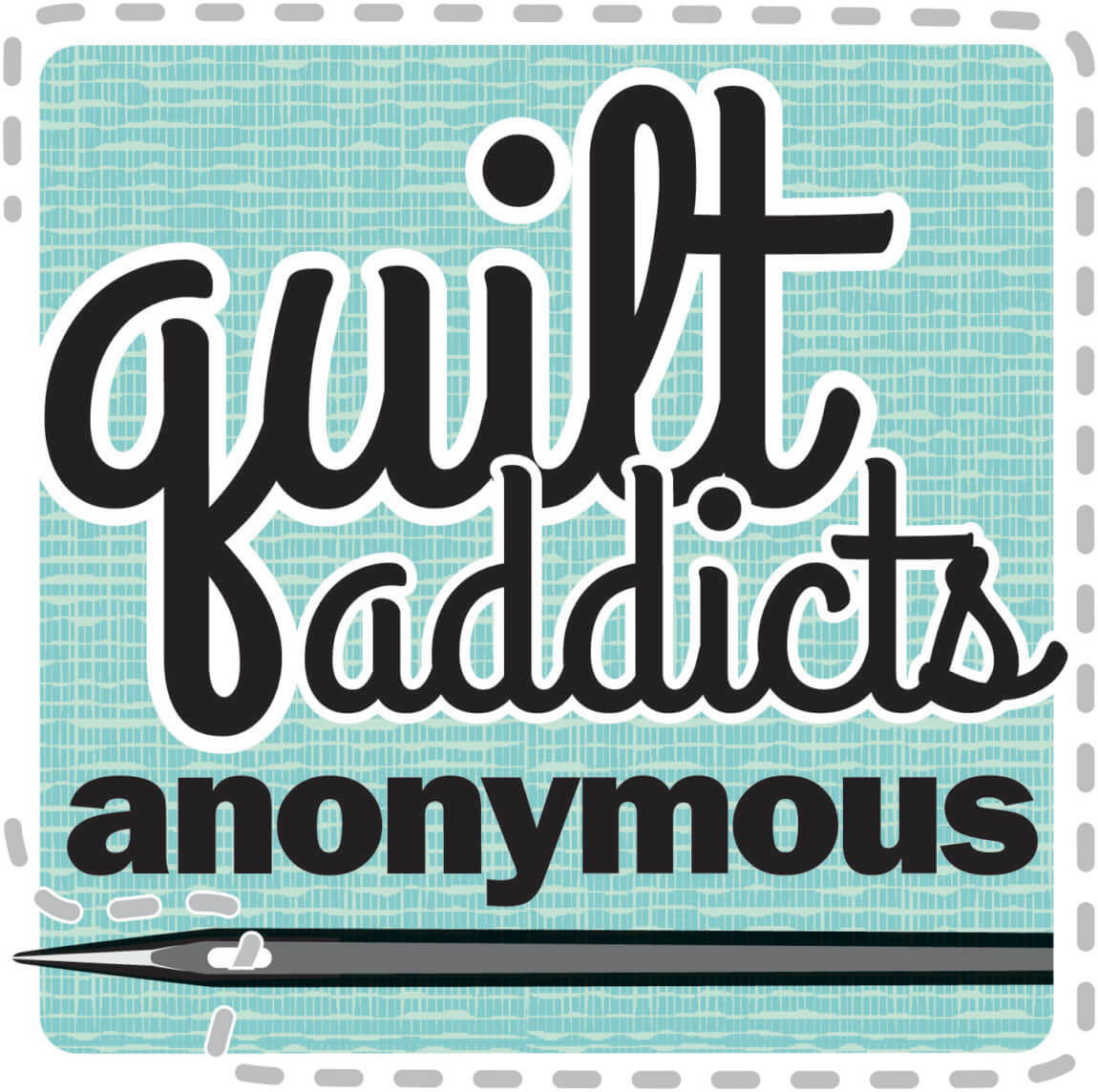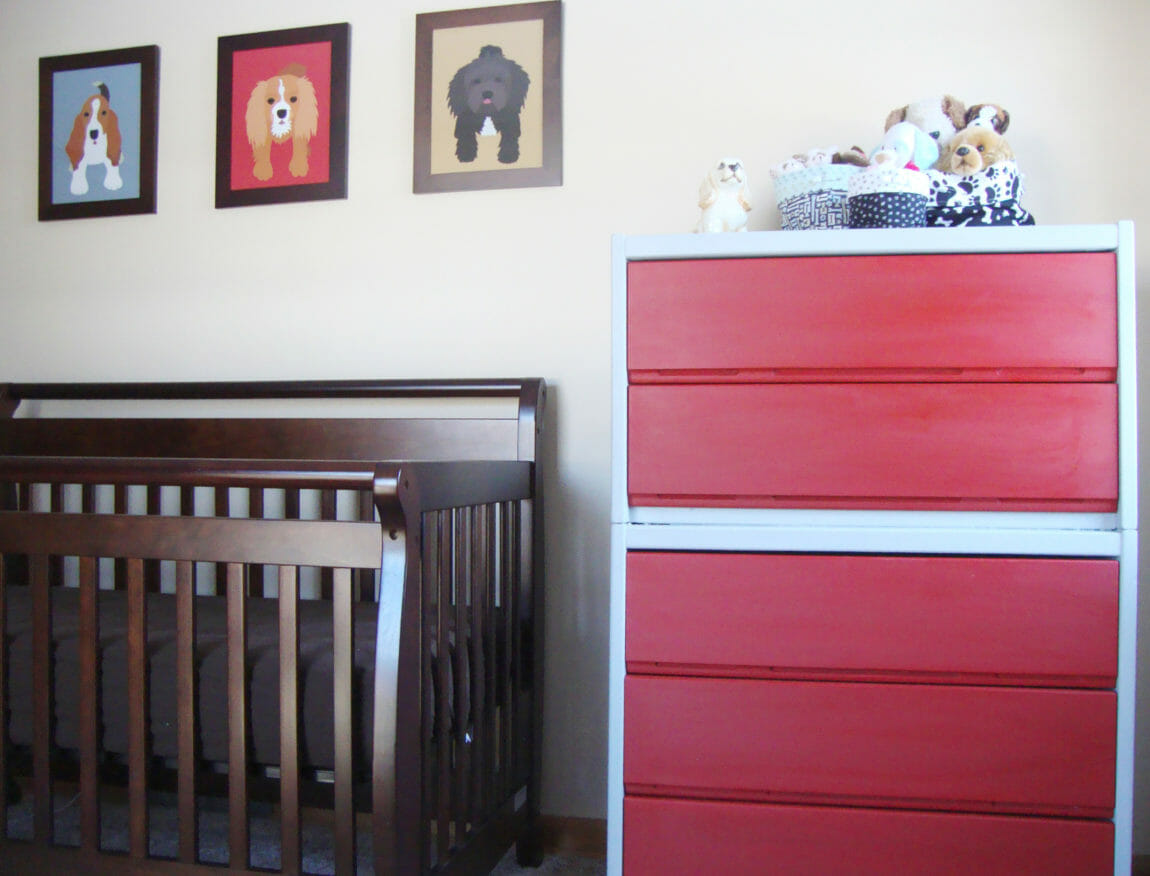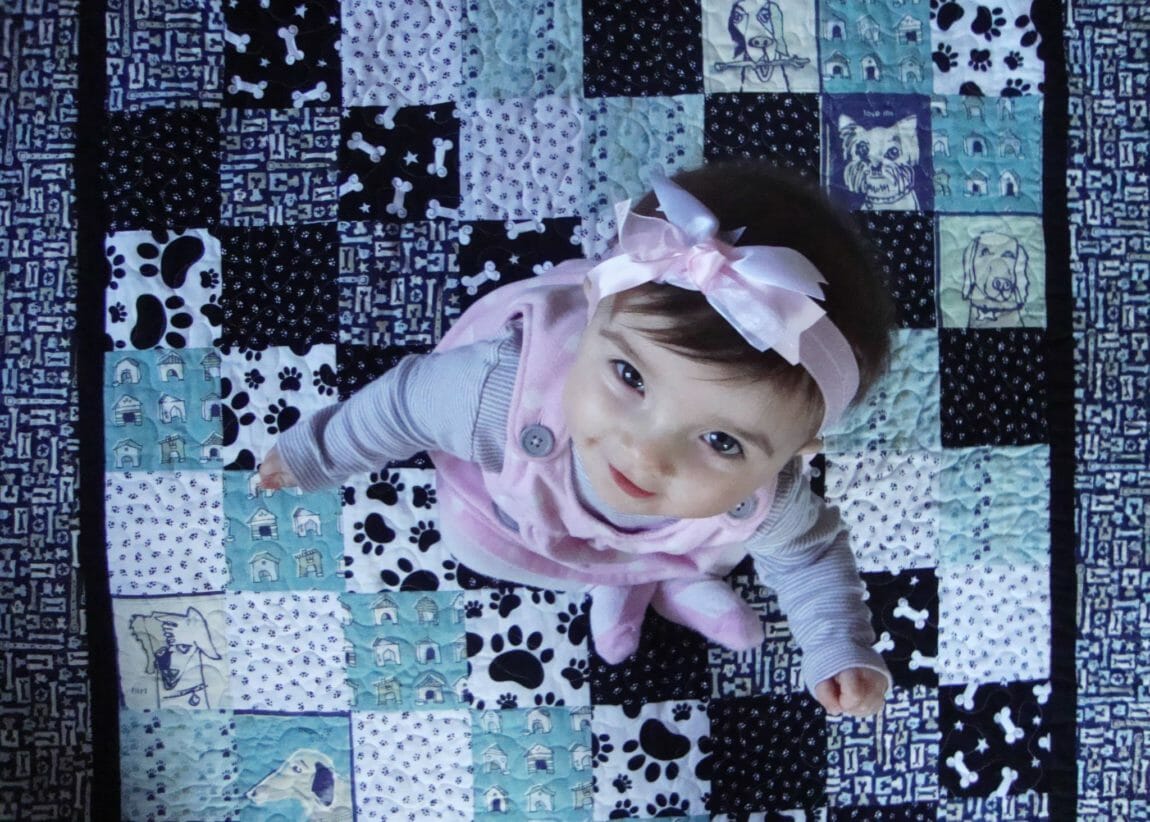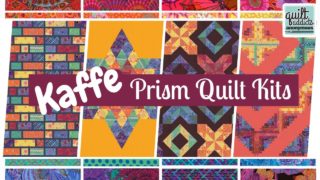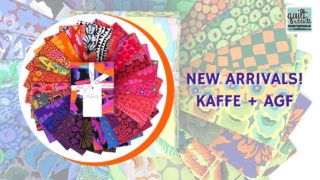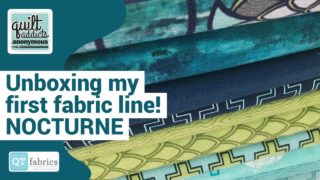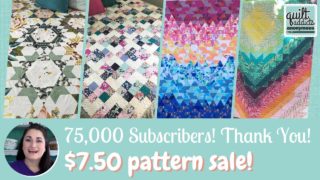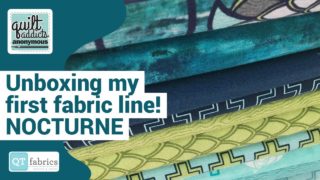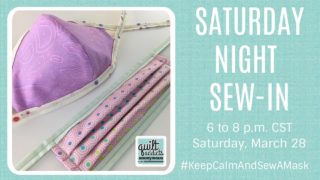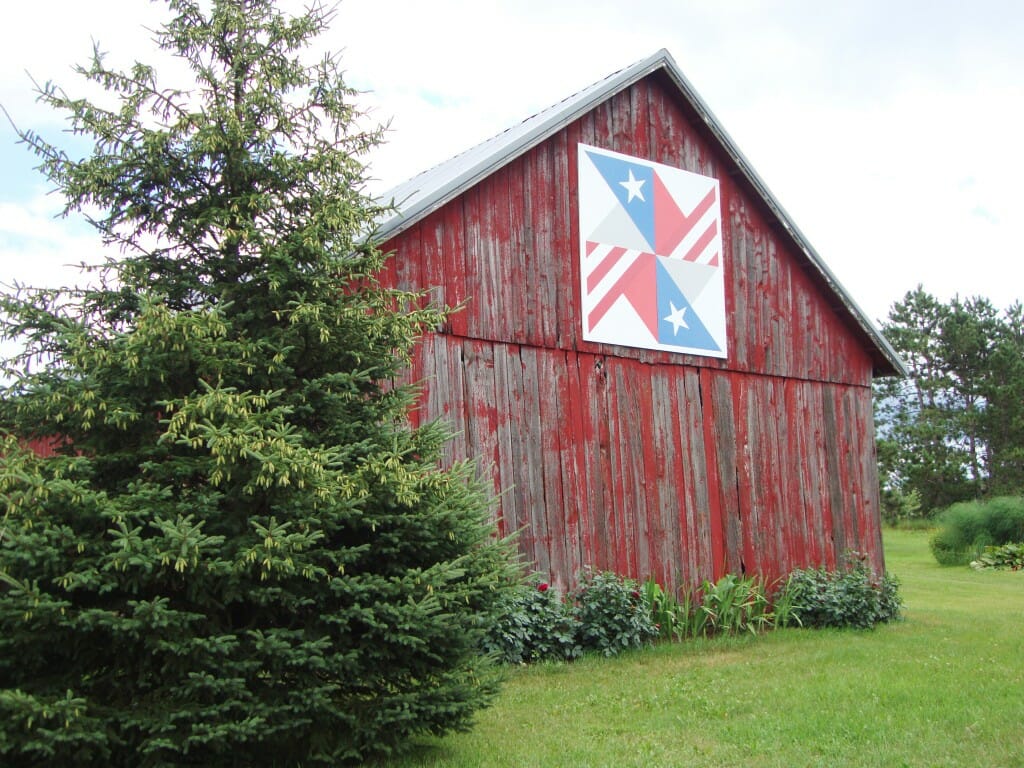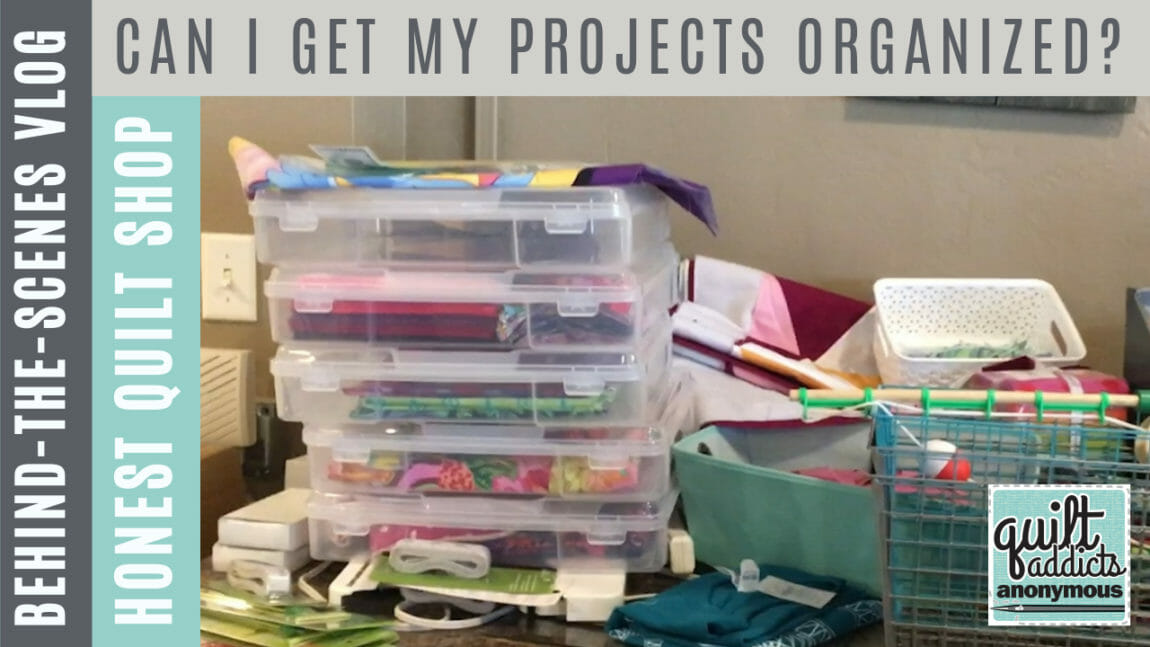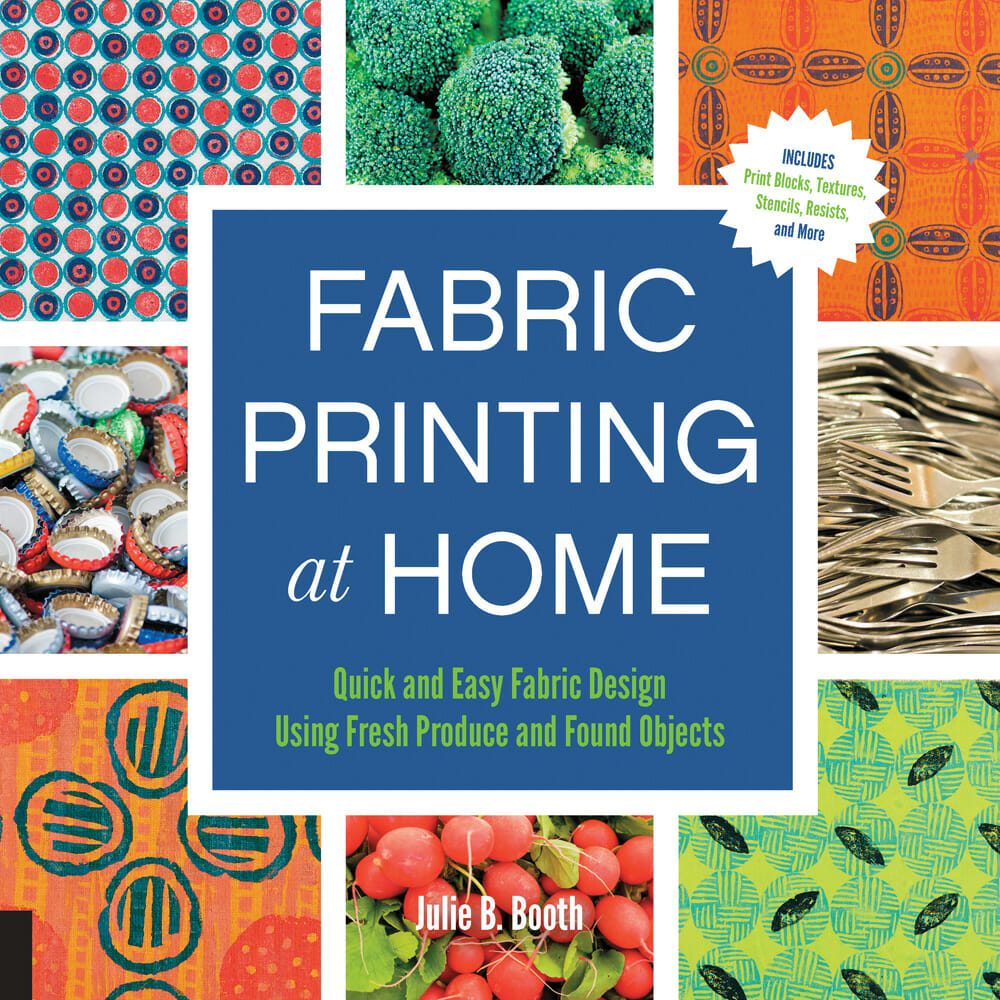
Use found objects, kitchen materials to make your own fabric
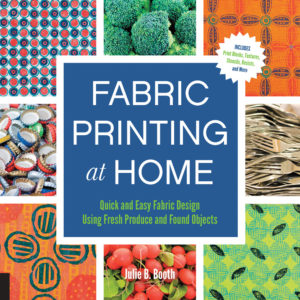
You don’t need fancy equipment, expensive resists and printmaking stencils to create your own beautiful fabrics at home. That’s the lesson of “Fabric Printing at Home” by Julie Booth, an artist and experience fabric designer.
In the 127-page full-color book filled with photo illustrations of the steps and techniques, Booth teaches readers how to create one-of-a-kind fabric prints using tools like fabric paint, upholstery foam, corn cobs and macaroni. She also recommends using pre-mixed fabric paints instead of dyes. That means you don’t have to worry about breathing in harmful chemicals when mixing powder dyes, making the activity safe for the whole family.
Booth’s writing, combined with the instructional photos are very thorough, covering setting up usable work space, recommended paints, applicators, everyday household objects that make interesting textures and designs.
One technique that would be fun to do with kids is creating an embossed texture blocks with baker’s clay. Booth includes a recipe for a dough that, when baked, hardens into a block that can be used with a roller to print designs and textures onto fabric. Booth explains how to make the dough, roll it out, carve textures into it set and seal the block so it an be used for fabric printing. All with step-by-step illustrated instructions.
The chapter on using foods to create interesting prints goes way beyond carving out a potato that many of us tried out in grade school. There are tips on creating marbling with cabbage leaves, stripes and stamps with carrots, carved designs from radishes and using cookie cutters to create shaped print blocks from vegetables.
There are also tips on using foil, freezer paper, plastic wrap and wax paper to create interesting textures and prints. Another chapter details how to use everyday kitchen ingredients to create resists so you can use multiple colors and dimensions to your printed fabric creations. There are five different recipes using ingredients such as flour, water, baking powder, powdered gelatin and confectioners’ sugar.
The fabric printing techniques in this book would be fun for an experienced quilter wanting to try creating their own fabrics for the first time. But I could also see it being used as an activity to introduce a young girl to quilting and fabric design. It would be a wonderful way to instill a love of fabric and sewing in the next generation of quilters.
Click here to read more about “Fabric Printing at Home.”
A copy of “Fabric Printing at Home” by Julie B. Booth was provided by the publisher for this review.
